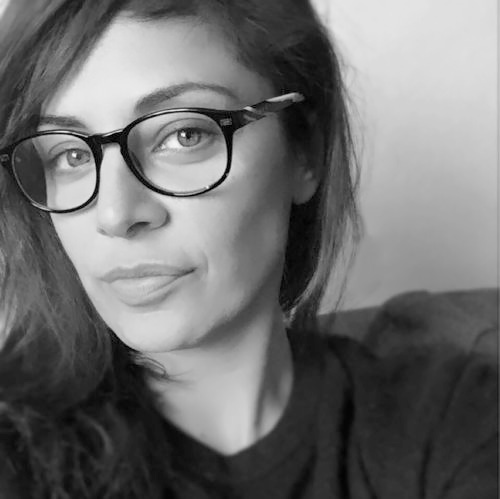Yasmine Chatila was born in Cairo in 1974, growing up between Cairo, Italy, France, and Canada. She graduated with a Bachelor in fine Arts from Parsons School of Design in New York, and Masters in Fine Arts from Columbia University School of Arts in 2002. She is the recipient of numerous awards, including a Tag Heuer scholarship for eight consecutive years, and a Columbia fellowship.
Her work has been exhibited worldwide, including locations like Centre Pompidou in Paris, The Reina Sofia Museum in Madrid, and Ludwig Museum in Cologne. Stolen Moments have been published by Rizzoli press in the book New York: A Photographer's City and World Atlas Street Photography published by Yale Press.
She has been featured in international publications including Vogue Italia, NBC News, IO Donna, Interview Magazine, Foam Magazine, Art in America, Exit Art, New York Post, Wired Magazine, Blackbook, and many more. Her website has attracted millions of viewers, making her work synonymous with voyeurism in art and conceptual photography.
All about Stolen Moments
On a quiet winter night, I looked out a window. I could see a building far away, the windows were illuminated, and I could vaguely make out people inside their apartments. When I imagined what they might be doing, my mind fluttered between wild fantasies and mundane clichés. I was curious to compare my expectations to the reality of their lives.
After months of continuous observation in different parts of the city, I collected hundreds of photographs of strange, comical, and often haunting moments.
At times, I was lucky enough to catch a glimpse of human nature when it was not guarded, not self-conscious, and completely uninhibited. This provided me with a stage where it was possible to observe myself in the most secret and vulnerable moments of others.
In order to render the subjects unrecognizable, and in an attempt to render them more archetypal, they are taken out of context and displaced from their original habitat.
